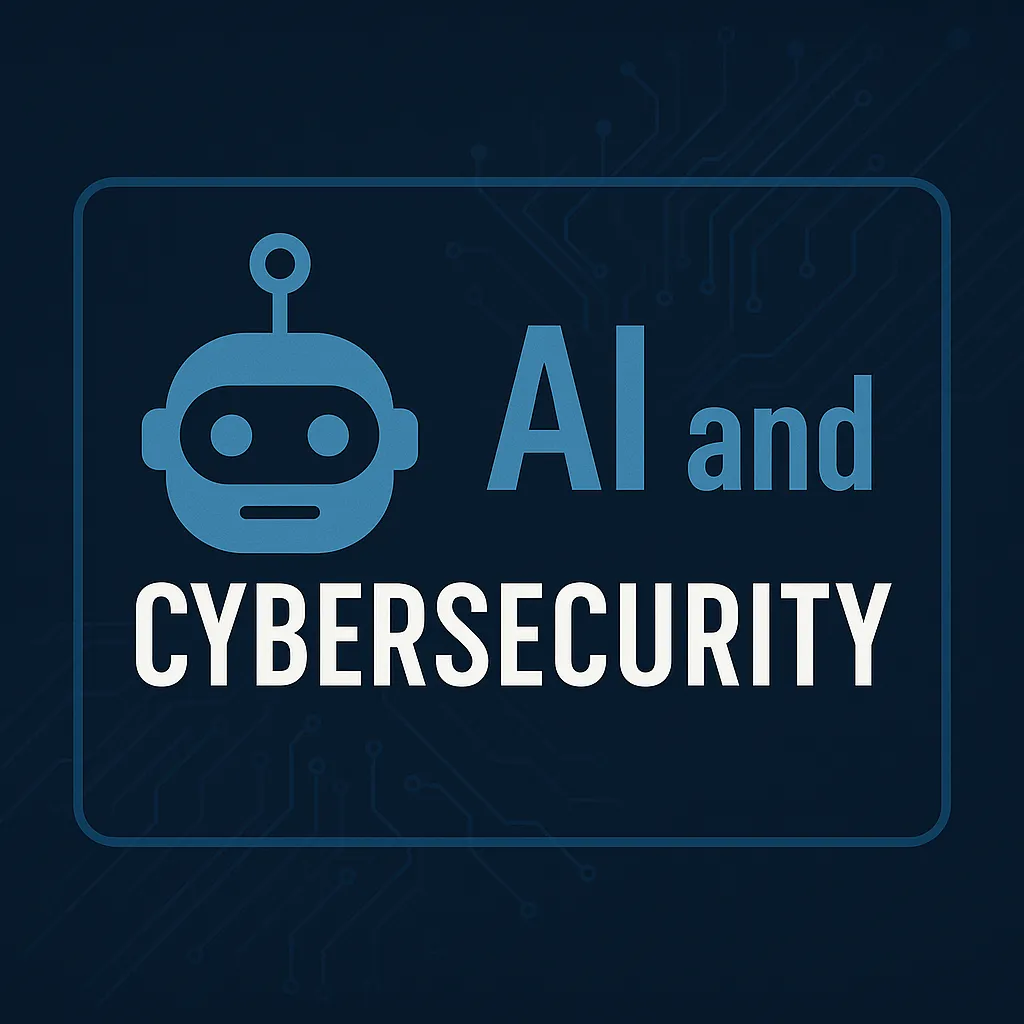Embracing AI in Cybersecurity: Opportunities and Challenges
As digital landscapes evolve, the integration of artificial intelligence (AI) into cybersecurity practices has become a pivotal movement among companies and governments alike. This transformation aims to enhance defenses against increasingly sophisticated cyber threats. In this post, we will explore how AI is shaping the future of cybersecurity, highlight its potential benefits and risks, and discuss some of the latest developments in the field.
Why AI in Cybersecurity?
The increasing volume and complexity of cyberattacks require solutions that not only react quickly but also anticipate threats. AI, with its ability to process vast amounts of data and learn from it, offers significant advancements in this area. It can identify patterns and anomalies at a speed and accuracy that human analysts cannot match.
According to a recent report highlighted by AI Brew News, many companies are now deploying AI technologies to automate their threat detection and response processes. This shift is driven by the need for more efficient security operations as the digital ecosystem becomes more complex and interconnected.
Current Implementations and Success Stories
Local governments, for instance, are beginning to realize the necessity of adopting artificial intelligence in their cybersecurity strategies. An article from Apple News discusses how counties feel an "obligation" to incorporate AI to fend off cyber threats effectively.
This proactive stance is not confined to public sectors. Industry leaders and experts, like Mauricio Torres Echenagucia, suggest that not only should AI be implemented for cybersecurity, but also cybersecurity for AI—ensuring that AI systems themselves are secure. Read more about his views on Mexico Business News.
Challenges and Ethical Considerations
While AI can dramatically improve cybersecurity, it's not without its challenges. Issues such as bias in AI models, the potential for misuse, and the ethical implications of automated decision-making processes are critical areas of concern. Moreover, the legal landscape, as indicated by a recent warning from researchers about the CFAA ruling affecting AI research, can impact how cybersecurity tools develop. More can be found on this issue at Apple News.
Looking Ahead: The Future of AI in Cybersecurity
As we look to the future, the integration of AI in cybersecurity appears not only inevitable but essential. The key will be maintaining a balance between innovation and privacy, ensuring robust protection mechanisms are in place to guard against both external threats and internal vulnerabilities.
Adopting AI in cybersecurity offers a promising path forward, but it requires careful consideration of the associated risks and benefits. As technology evolves, so too must our strategies to utilize it effectively in safeguarding our digital worlds.
